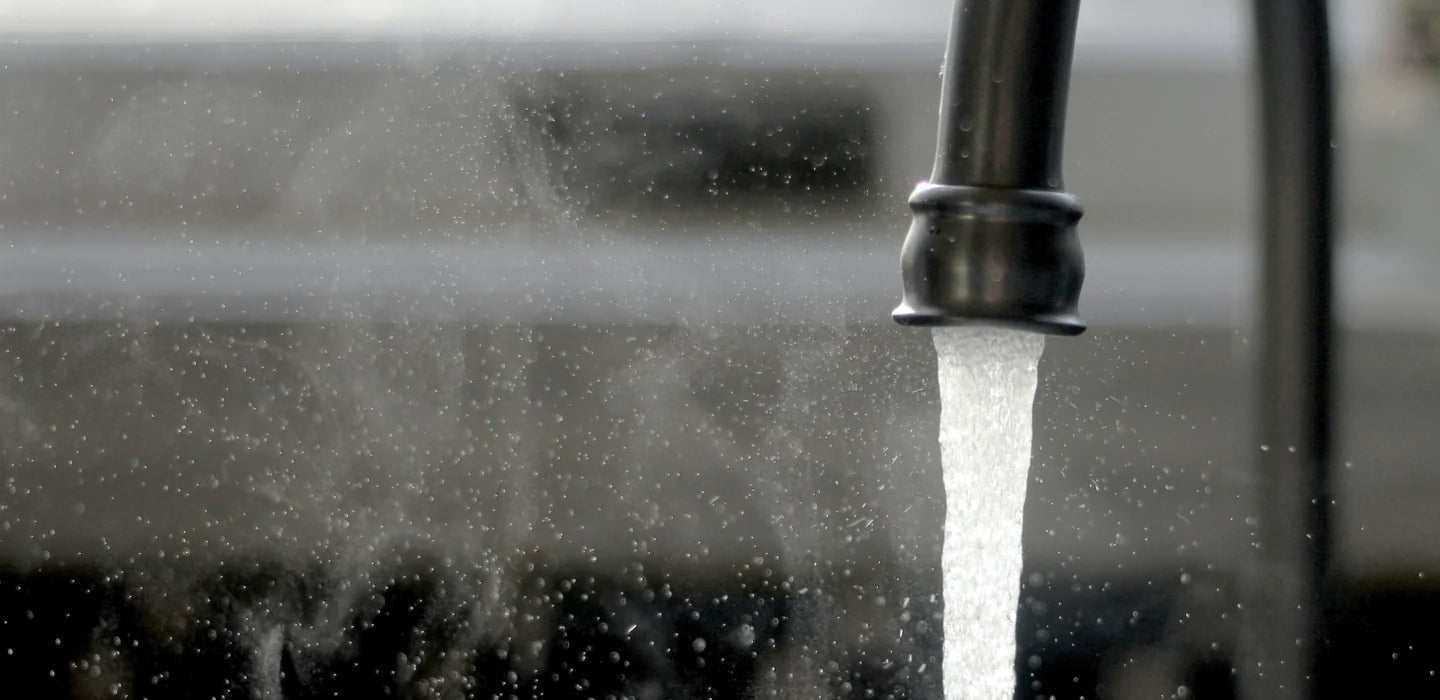New York City often proclaims its tap water to be some of the finest in the nation. That’s not entirely incorrect; the problem with the claim is that it’s based on the point of origin, not 100 miles downstream when water is delivered from the faucet. The differences between NYC tap water and bottled-quality water are largely the result of three events that happen in transit:
- Potable water has to be disinfected, which means adding chlorine, about 1/3 the level used to disinfect a swimming pool. The chlorine reacts with organics in the water and creates disinfection byproducts, known as Trihalomethanes (THMs).
- Various metals, principally iron and manganese, leave the reservoirs in a dissolved state and then oxidize during the journey to buildings.
- Other metals, principally copper, zinc and sometimes lead as well, are picked up as water flows through pipes (before and within a building).
Now let’s go to the lab analyses.
Tap water was sampled from two office pantry kitchens in a midtown Manhattan high-rise. One of the faucets supplied normal tap water, the other filtered by an XL7000. The samples were collected about 12 minutes apart. The customer took custody of the collected samples and overnight-shipped them to National Testing Labs.
Here is the summary of the results.
| Contaminant | Level in tap water | Level after XL filtered |
| Copper | 0.132 mg/L | none |
| Iron | 0.028 mg/L | none |
| Manganese | 0.010 mg/L | none |
| Zinc | 0.005 mg/L | none |
| Turbidity | 0.7 NTU* | none |
| Bromodichloromethane (THM) | 0.005 mg/L | none |
| Chloroform (THM) | 0.036 mg/L | none |
* Nephelometric Turbidity Units (NTU) is a measure of water clarity.
Click here to see complete lab reports from National Testing Labs.
Note that in the complete analyses, the red text shows contaminants present in NYC tap water, and the green text shows those same contaminants resolved by the XL7000.
Of the remaining water quality factors presenting, none are contaminants.
- Calcium, magnesium, sodium, chloride, silica, and fluoride are minerals, unaffected by the filtration process. All levels are trace amounts.
- The hardness level of 21 mg/L (or 1.23 grains) shows NYC water to be very soft water.
- Total Dissolved Solids (TDS) of 30 - 36 mg/L is an extremely low level for water in the US. By comparison, a bottle of Poland Spring typically reports TDS at 47 mg/L.
With this data, we can make the following claim: The XL7000 removes all water quality factors of concern. New York City tap water after XL7000 filtration is truly bottled quality. Just without the bottle.

Share:
What if all building water is filtered to bottled-water quality?
About NSF Certification